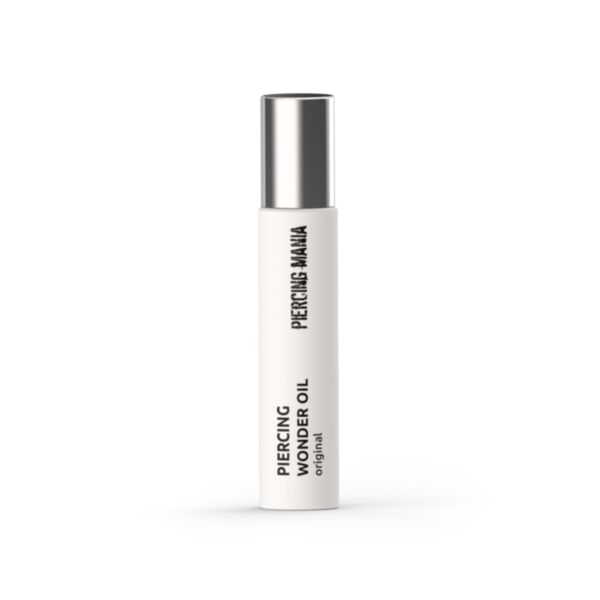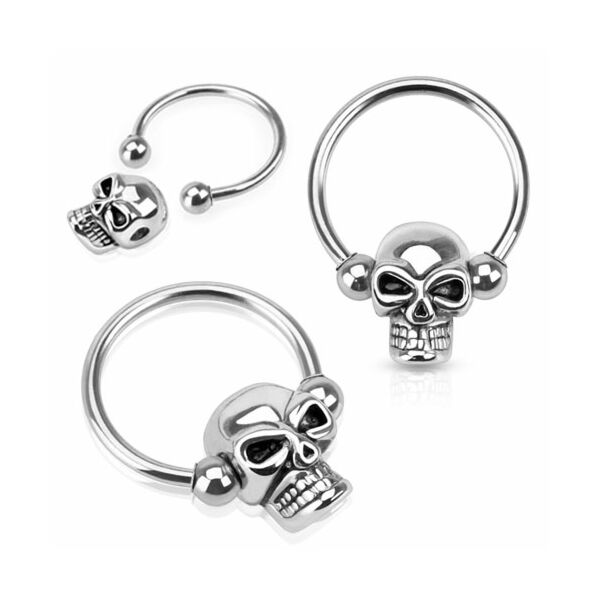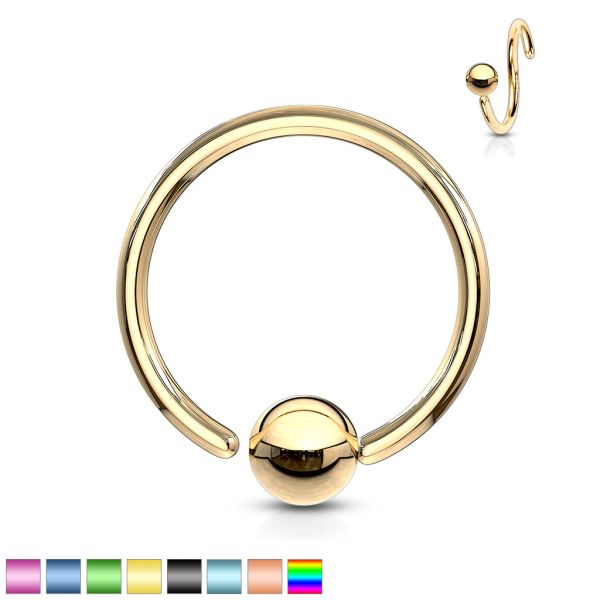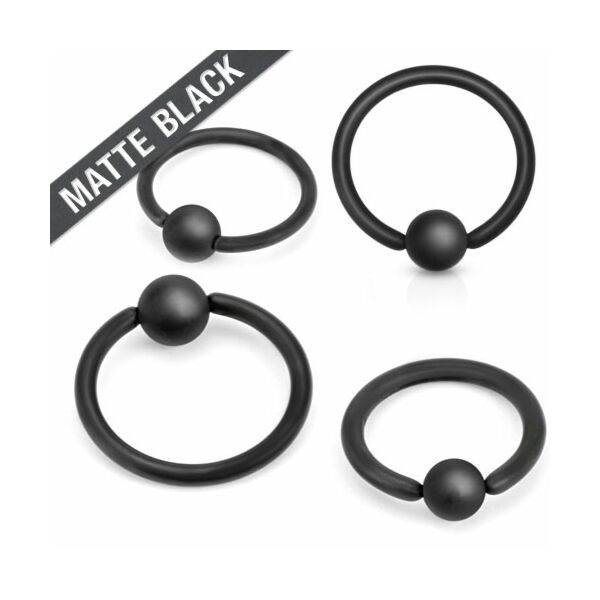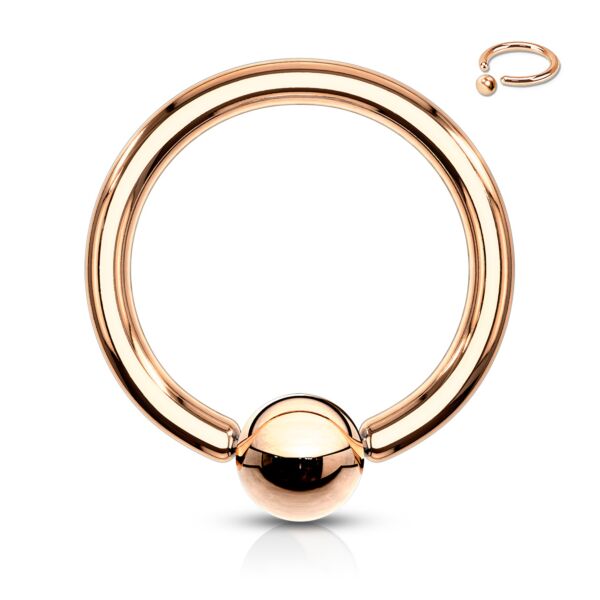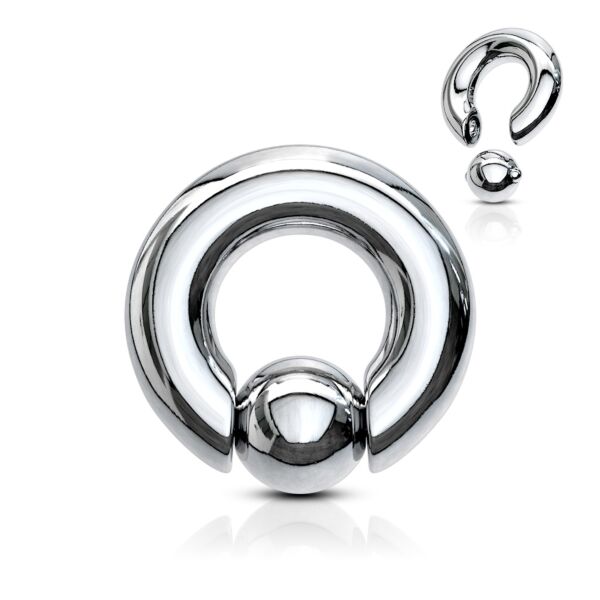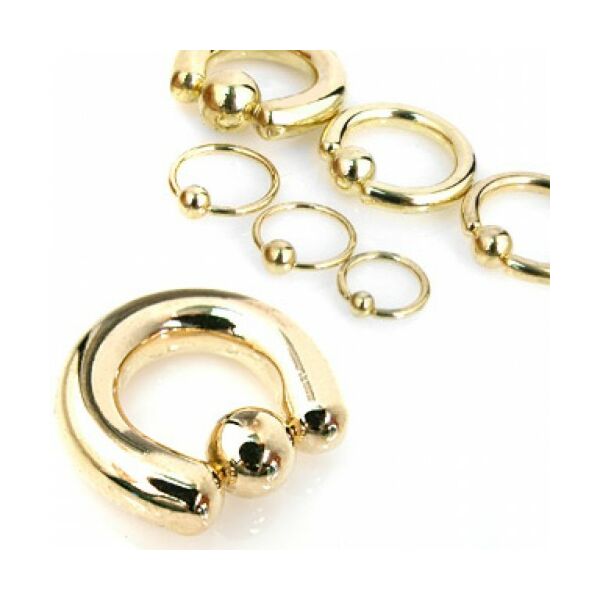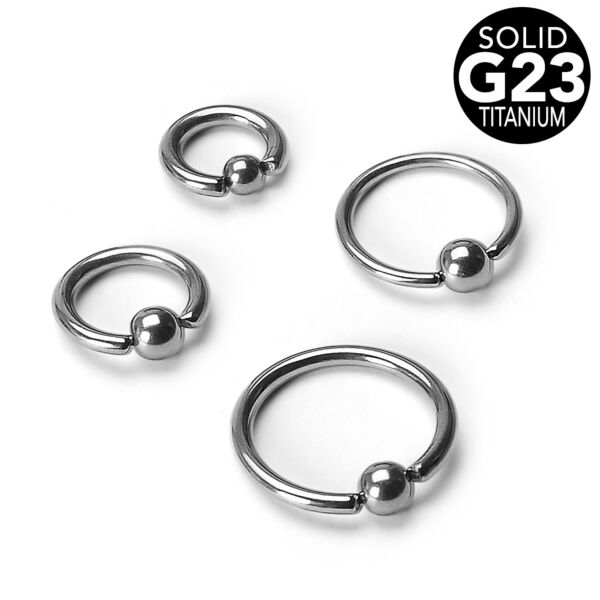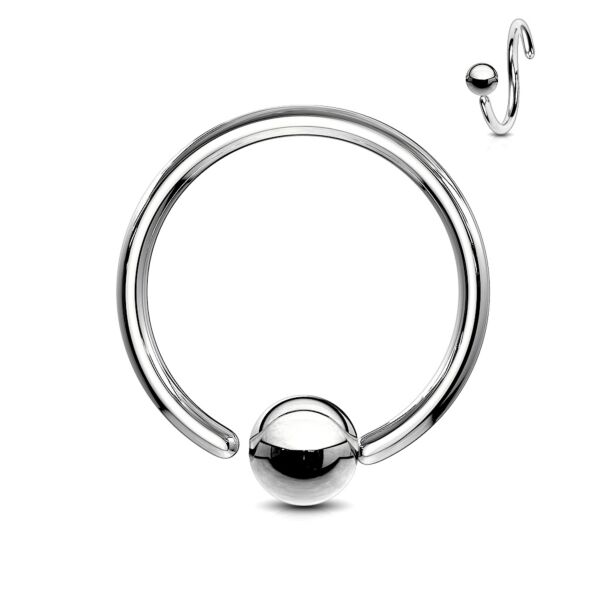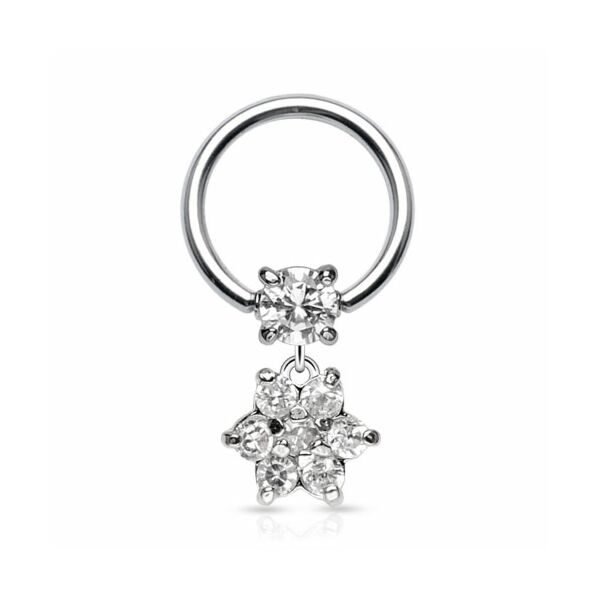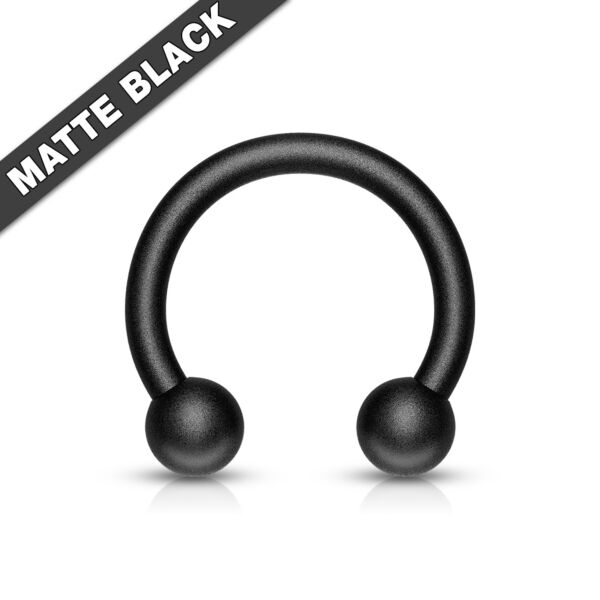Helix Piercing
Helix Piercing Shopping Guide
The helix piercing is probably the most popular ear piercing after standard lobe piercings. There is a wide variety of piercing types you can wear in a helix piercing.
This shopping guide has more information about the different piercing types, sizes, and about the different materials that are used for helix jewellery.
Jump to:
Standard Helix Piercing Sizes
Many cartilage studs in the cartilage jewellery section can be used for a helix piercing. Some designs are daintier, while others have more elaborate tops. The helix is a great spot for inventive looks with different sizes and shapes.
The standard bar thickness for a helix piercing is 1.2 mm, with a bar length of 6 mm. The most common stone or ball sizes are 3 mm for a ball and 4 mm for a stone.

Helix Rings
Piercing hoops are a great option for helix jewellery. From basic rings to jeweled variations, there are plenty of piercing rings available in different sizes. Whether you prefer a snug fit or more room for your ring, most helix hoops are available in several diameters.
The standard bar thickness for helix piercings is 1.2 mm. The illustration gives you an idea of how each helix ring diameter could look like in your ear. Please note that not every ear is the same, so you may need different sizes.
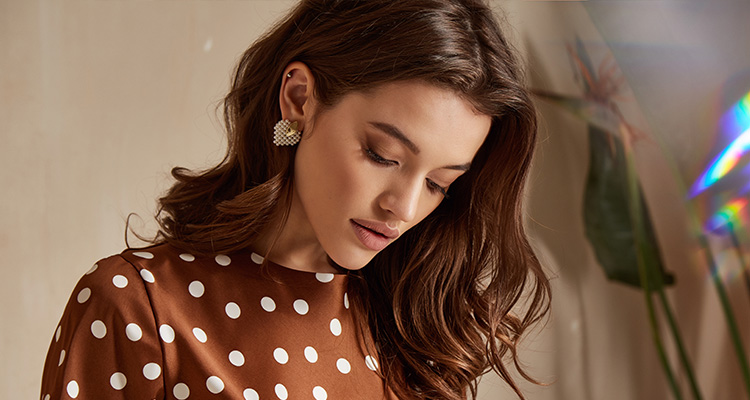
Other Helix Jewellery
You can be creative and wear different kinds of piercing types on your helix piercing. Beyond the usual cartilage studs, hoops and helix huggies, there are different styles you could go for.
Please note that normal earrings are thinner than piercings, so if you wear them as helix jewellery, your piercing can shrink to the size of the earring.
Labret studs with a flat back are among the most popular piercing types for the helix. Screwing the ball or top on from the front can often be easier than with cartilage studs that unscrew from the back. The flat back can also be more comfortable to wear.
For a more extravagant look than a normal piercing ring, you might consider a septum hoop for your helix piercing. These rings have the decorative parts on the front of the ring and tend to have quite large diameters, but can be a fun, different look for your helix piercing.
Helix Piercing Materials
Helix piercings come in various materials. Learn more about the differences below.
316L Surgical Steel
flip for more info
316L Surgical Steel
The majority of helix piercing jewellery is made of 316L surgical steel. Solid and affordable and often available in vibrant colours. Keep in mind that this material contains trace amounts of nickel.
Titanium
flip for more info
Titanium
Helix jewellery made of titanium is a great option. It’s an extremely durable and worry-free material. Titanium is a bit of a darker metal, nickel-free, and can be worn at all times.
14 Kt. Gold
flip for more info
14 Kt. Gold
If you're looking for an elegant new helix piercing, 14 kt. gold is a great choice. Aside from being a statement piece, it's also a durable material that's free of nickel when you get one in Yellow or Rose Gold.
Bioflex
flip for more info
Bioflex
This material is less noticeable and more comfortable than some other materials. Bioflex is lightweight and has a clear colour. Bioflex piercings are free of nickel and affordable.
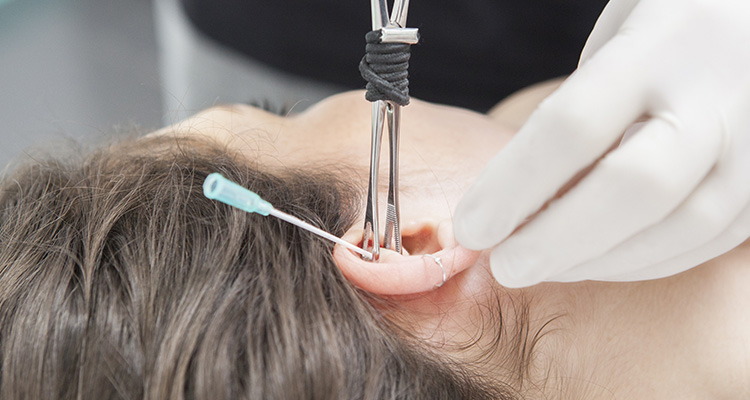
Get a Helix Piercing
Are you looking to get a new helix piercing? Choose the best piercing studio for you.
To make the process easier, we offer some more information about the process.















